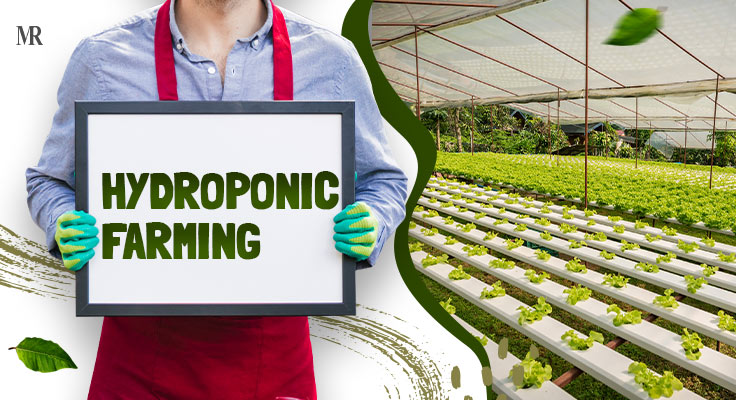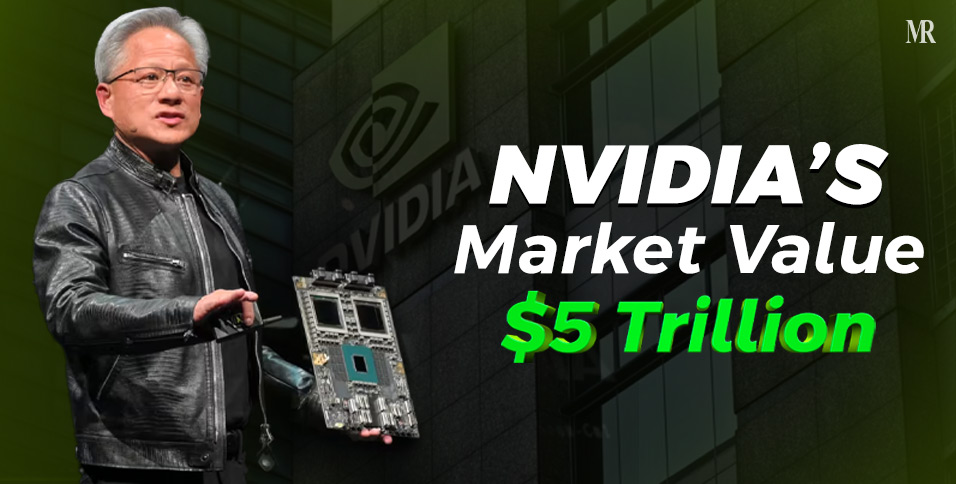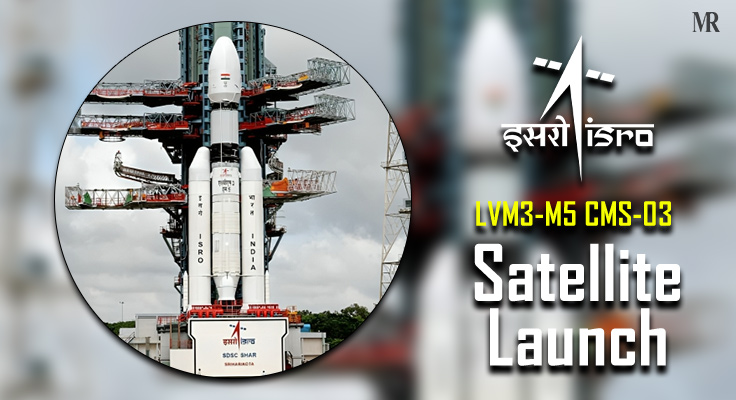We need to feed a growing world, but our planet’s changing fast. That’s why “hydroponic farming” – growing plants without soil – is grabbing everyone’s attention. It’s not just a cool science project; it might be a key to our food future. Let’s dive in and see what makes it so exciting, from its old roots to the new tech that’s changing how we grow.
What Exactly is Hydroponics?
Hydroponics is growing plants in nutrient-rich water, not soil. While some systems use inert materials for support, the core is directly feeding plant roots with essential nutrients. This direct method boosts growth by eliminating the need for roots to search for food, like they do in soil. The word “hydroponics” comes from Greek, meaning “water work,” fitting its essence of cultivating with water.
The Origins and Evolution of Hydroponics

So, where did this whole ‘hydroponics’ thing come from, anyway? It’s not like it just popped up yesterday. Well, here’s a quick timeline of the history of hydroponics:
- First off, way back in ancient Babylon: You’ve probably heard of the Hanging Gardens, right? Turns out, those weren’t just pretty to look at. They were likely using some kind of water system, pulling it up from the river, to make all those plants grow on those fancy levels. Pretty clever, huh?
- Then you’ve got the Aztecs: Those guys were seriously resourceful. They built these floating gardens, called chinampas, on a lake. Basically, they made islands out of reeds and mud, and bam! Instant farmland. Talk about thinking outside the box.
- Fast forward to the 1600s: Francis Bacon, wrote a book “Sylva Sylvarum”. This got people thinking, ‘Hey, maybe we can grow plants in just water?’. This planted the seed, if you will, for what came later.
- The 1700s and 1800s were all about the science: People like John Woodward started really digging into how plants get their food from water. And those German scientists, Sachs and Knop? They basically figured out the recipes for the nutrient solutions we use today. Game changers, those guys.
- Then came the 1930s, and this guy Gericke:William Gericke is the one who really put ‘hydroponics’ on the map. He grew these massive tomato plants, just using water and nutrients, and showed everyone that this wasn’t just some weird experiment—it could actually work.
- And during World War II: Turns out, growing food on barren islands is tough. So, the U.S. military used hydroponics to get fresh produce to the troops. Talk about a real-world test!
Comparison of different Hydroponic Systems
Think of hydroponic systems like different ways to give your plants a drink. Now, let’s consider the types of systems used in hydroponic farming. To give you an idea, there are two main types:
- Active Systems
- Use pumps to circulate nutrient-rich water.
- Like a “water park” for plant roots, constantly moving water.
- Offers precise control over nutrient delivery.
- Passive Systems
- Rely on natural forces like capillary action or gravity.
- Water and nutrients move naturally, like a sponge soaking up water.
- Simpler setup, less reliance on mechanical parts.
| System Type | Mechanism | Key Advantages | Key Disadvantages | Suitable Crops | Complexity Level |
| Deep Water Culture (DWC) | Plant roots submerged in oxygenated nutrient solution | Simple, inexpensive to set up | Requires constant oxygenation, susceptible to root rot if not managed | Leafy greens, herbs | Low |
| Nutrient Film Technique (NFT) | Thin film of nutrient solution flows over roots | Efficient nutrient and water use, good oxygenation | Susceptible to flow interruptions, not suitable for large root systems | Lettuce, spinach, strawberries | Medium |
| Ebb and Flow (Flood and Drain) | Growing medium periodically flooded and drained with nutrient solution | Good oxygenation and nutrient delivery, versatile | Requires a pump and timer, potential for salt buildup | Wide variety, including larger plants | Medium |
| Drip Systems | Nutrient solution dripped directly to plant base | Precise control over water and nutrients, scalable | Requires emitters that can clog, may need growing medium | Tomatoes, peppers, cucumbers | Medium to High |
| Wick Systems | Wick draws nutrient solution to the growing medium | Simple, no electricity required | Nutrient delivery can be slow, not suitable for water-intensive plants | Herbs, small leafy greens | Low |
| Aeroponics | Plant roots suspended in air and misted with nutrient solution | Excellent oxygenation, rapid growth | High setup cost, requires precise nozzle maintenance | Lettuce, herbs, strawberries | High |

The availability of such a diverse range of hydroponic systems allows growers to select the most appropriate technique based on their specific needs, resources, and the types of plants they wish to cultivate.
Now, let’s see how hydroponic farming stacks up against traditional farming:
Benefits of Hydroponics Farming vs. Traditional Farming
| Feature | Hydroponics | Traditional Farming |
| Yield | Higher yields, faster growth rates | Generally lower yields, dependent on environmental conditions |
| Water Usage | Uses significantly less water (up to 90-98% less) due to recycling | Higher water consumption, significant loss due to evaporation and runoff |
| Pesticide Use | Minimal to no need for pesticides and herbicides | Often requires pesticides and herbicides to manage pests and weeds |
| Space Requirements | Requires less space, especially with vertical farming | Requires more land area |
| Growing Season | Year-round cultivation possible, independent of climate | Season-dependent |
| Environmental Impact | More sustainable, reduces water pollution and soil degradation | Can contribute to soil erosion, water pollution from fertilizers and pesticides |
Most Popular Hydroponic Crops
Speaking of what to grow, here are some of the most popular hydroponic crops:
| Crop Type | Reasons for Popularity in Hydroponics | Suitable Hydroponic Systems (if specified) |
| Lettuce & Leafy Greens (Spinach, Arugula, Kale) | Fast growth, high yield, low space requirement | DWC, NFT, Wick |
| Tomatoes | High demand, faster maturation, larger yields | Drip, Ebb and Flow |
| Herbs (Basil, Mint, Cilantro, Chives, Dill, etc.) | Easy to grow, continuous demand, high profitability for some | NFT, DWC, Wick, Drip |
| Strawberries | Year-round production possible, high demand out of season | Ebb and Flow, DWC, NFT |
| Bell Peppers | Good yields, can be pruned to encourage growth | DWC, Ebb and Flow |
| Cucumbers | High water content, suitable for controlled environments | Drip, NFT |
Challenges and Limitations of Hydroponics
While hydroponic farming offers amazing benefits, it’s got its hurdles. Here’s what you need to know:
| Challenges | Description |
| Startup Cost | High initial investment, especially for advanced systems. |
| Technical Expertise | Requires understanding of nutrient solutions, pH levels, and system maintenance. |
| Waterborne Disease Risk | Recirculating systems can quickly spread diseases. |
| Energy Consumption | Relies on electricity for pumps, lighting, and climate control. |
| Constant Management | Requires frequent monitoring and adjustments. |
Current Trends Shaping the Hydroponic Industry

The hydroponic farming industry is currently experiencing a period of significant growth and transformation, driven by a confluence of factors. Here’s what’s shaping the industry:
- Urban Growth & Resource Scarcity:
- Cities are expanding, and land/water are becoming precious.
- Hydroponics offers a way to grow food where space is tight.
- Smart Tech Takes Center Stage:
- Sensors, AI, and IoT are used to control everything: temperature, light, nutrients.
- It’s like having a robot gardener that optimizes everything.
- Vertical Farming: Stacking Up the Produce:
- Growing crops in layers to maximize space, especially in cities.
- Think of it as a skyscraper for plants.
- LED Lighting: A Plant’s Best Friend:
- Energy-efficient LED lights tailored for plant growth.
- These lights can be tuned to give plants the perfect “sunshine.”
- Popular Hydroponic Crops:
- Leafy greens (lettuce, spinach) thrive.
- Tomatoes, herbs, strawberries, and peppers are also common.
- Home Hydroponics: Grow Your Own!
- More people are setting up hydroponic systems at home.
- Fresh produce, right in your kitchen.
- Partnerships:
- Hydroponic farms are working with meal kit companies.
- Fresh, local food delivered to your door.
The Future of Hydroponics Farming
“Honestly, when you look at hydroponics, the future feels… well, promising. Like, really promising. You start to think, ‘Could this be the answer?’ Food security, climate change—it’s a lot. And hydroponic farming sustainable, it just seems to tick a lot of boxes.
- As climate change continues to impact traditional agricultural practices and the global population continues to grow, the resource efficiency and adaptability of hydroponic systems will become even more crucial.
- Ongoing research and development efforts are focused on further optimizing nutrient solutions, improving the design and efficiency of various hydroponic systems, and integrating renewable energy sources to minimize the environmental footprint of this farming method.
- The potential of hydroponics extends beyond terrestrial applications, with research exploring its use in space exploration for off-world food production, highlighting its adaptability to resource-scarce and controlled environments.
- Furthermore, hydroponics offers a valuable platform for promoting community engagement and education about sustainable food systems. Integrating hydroponic systems into schools and community initiatives can raise awareness about food production, environmental stewardship, and healthy eating habits.
- The increasing integration of AI and robotics holds the promise of creating fully automated hydroponic farms, further enhancing efficiency, reducing labor costs, and optimizing resource management. This technological advancement could lead to even more precise control over growing conditions and potentially higher yields.
Conclusion: Embracing the Soil-Free Future of Food
Hydroponic farming is genuinely a game-changer for how we’re gonna feed ourselves. You get more food, using way less of everything—water, land, you name it—and you skip all those nasty chemicals. Sure, it’s not perfect, there are bumps in the road, no doubt. But honestly, the way things are moving? It’s pretty clear this is where we’re headed. From those massive farms you see pictures of, to someone setting up a little setup in their apartment, it’s shaking up how we think about growing stuff. And you know what? It feels like a real step in the right direction. A smarter, cleaner way to make sure everyone gets fed. That’s something, right?












